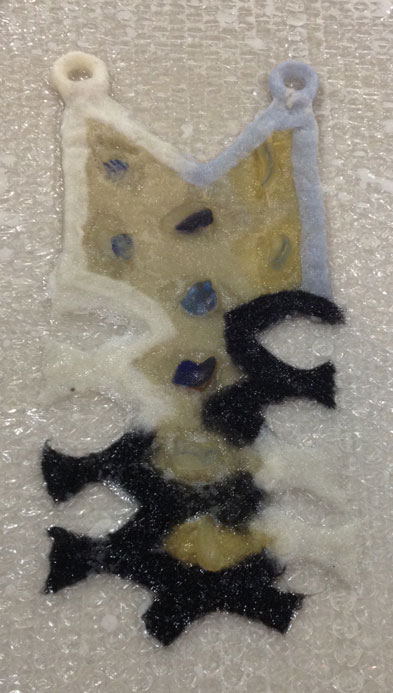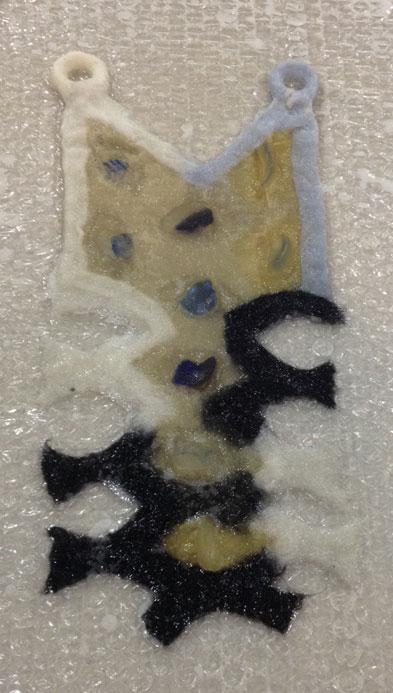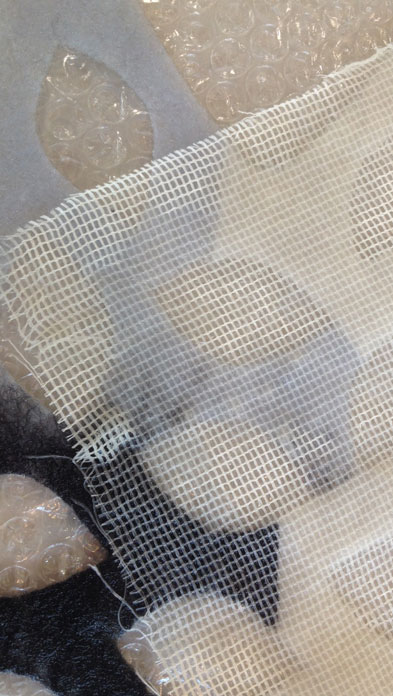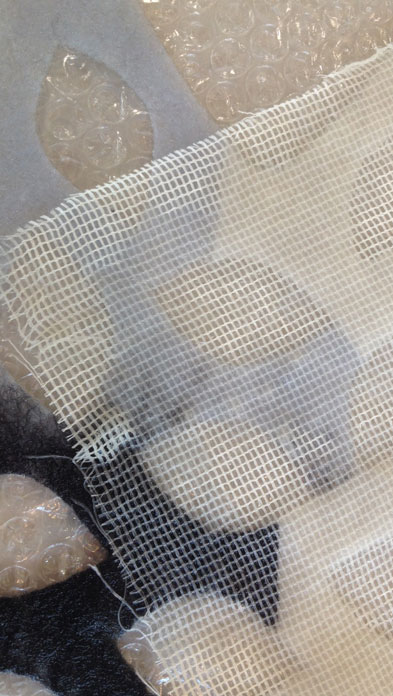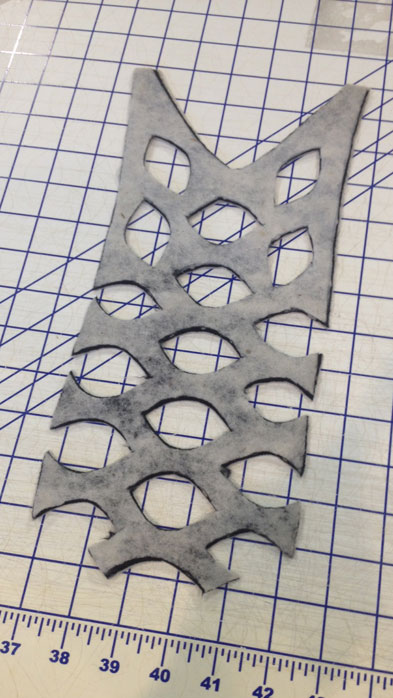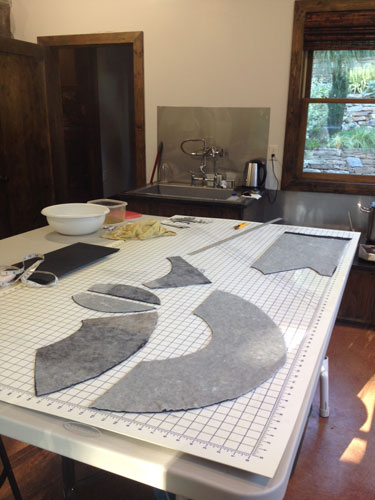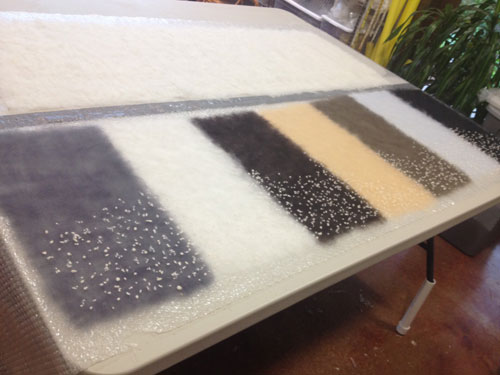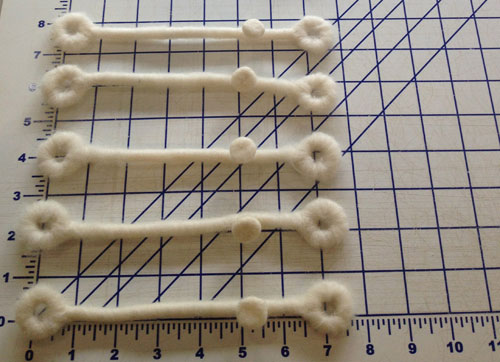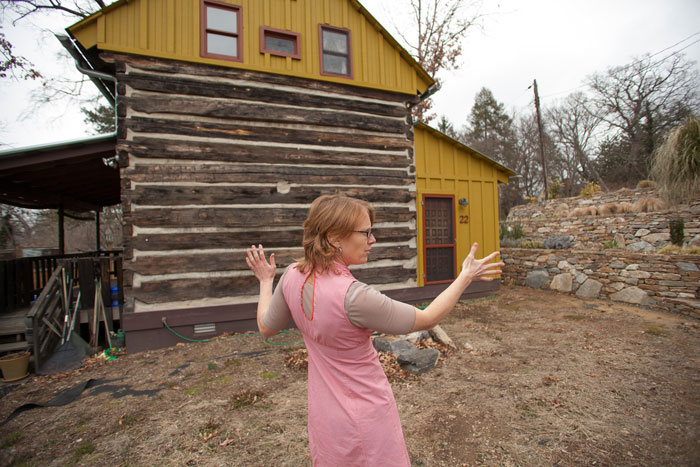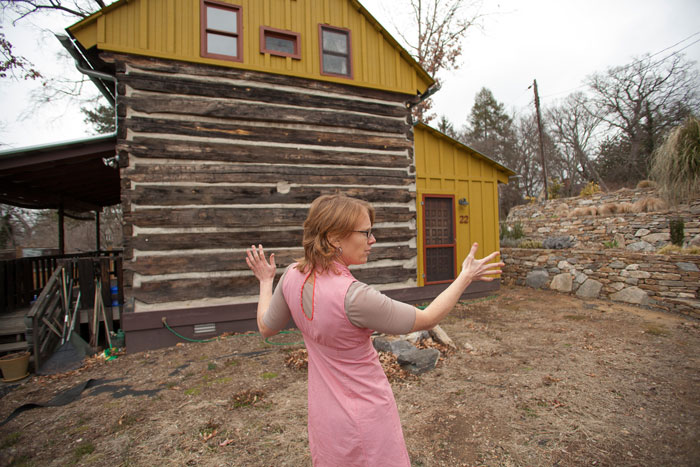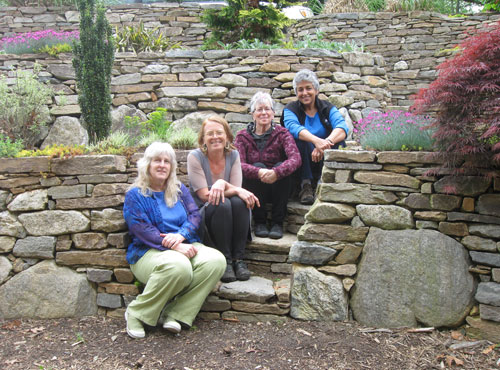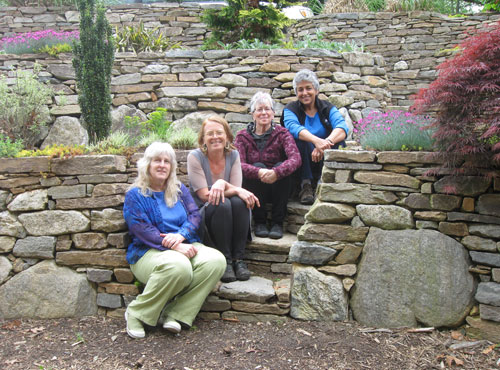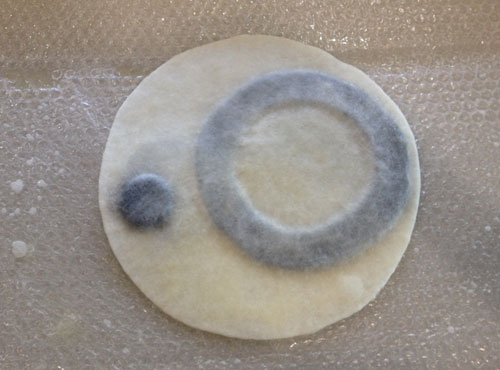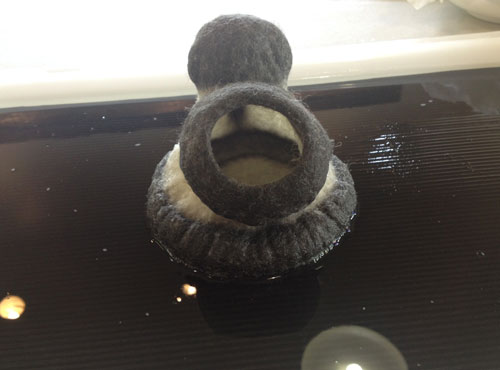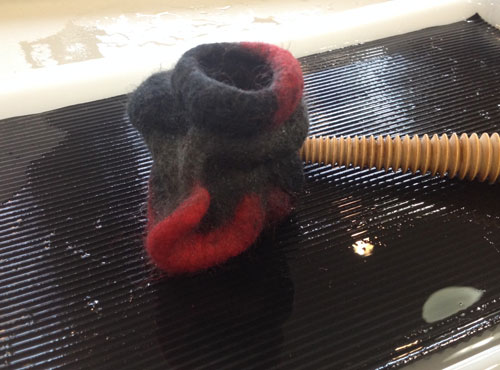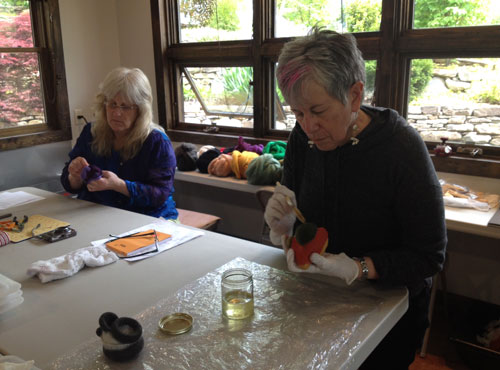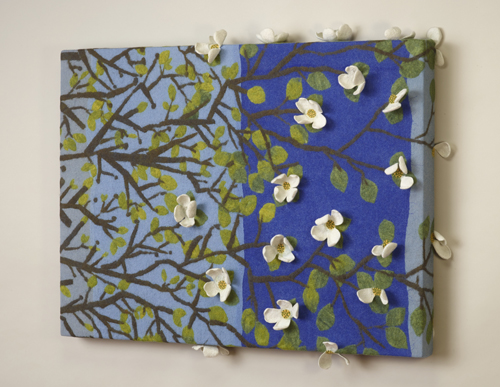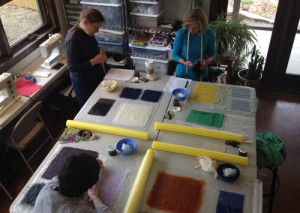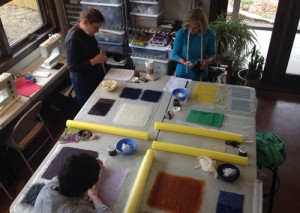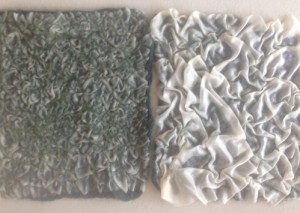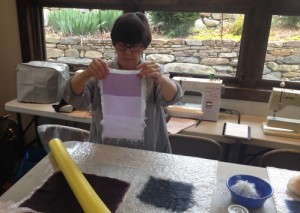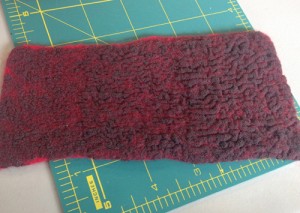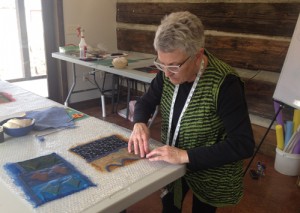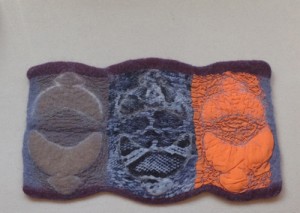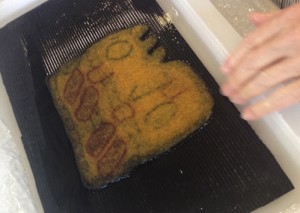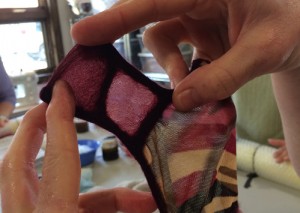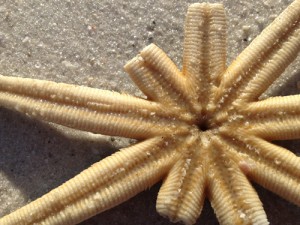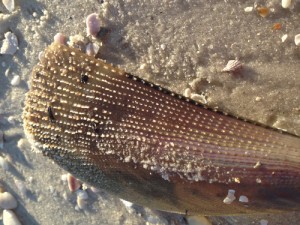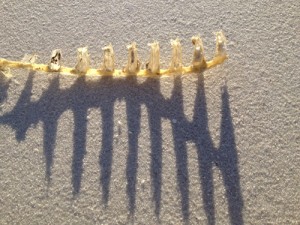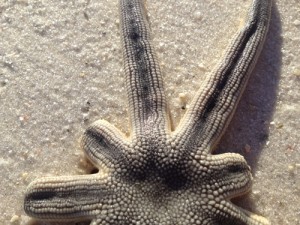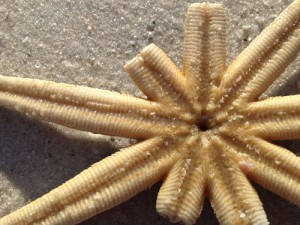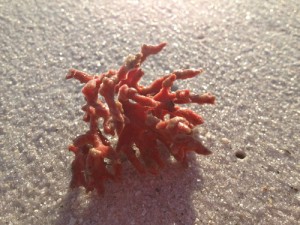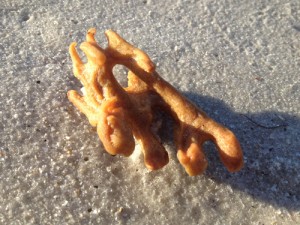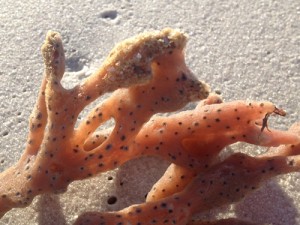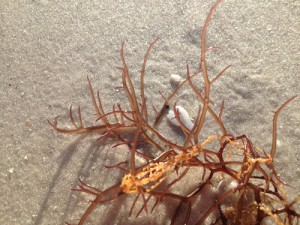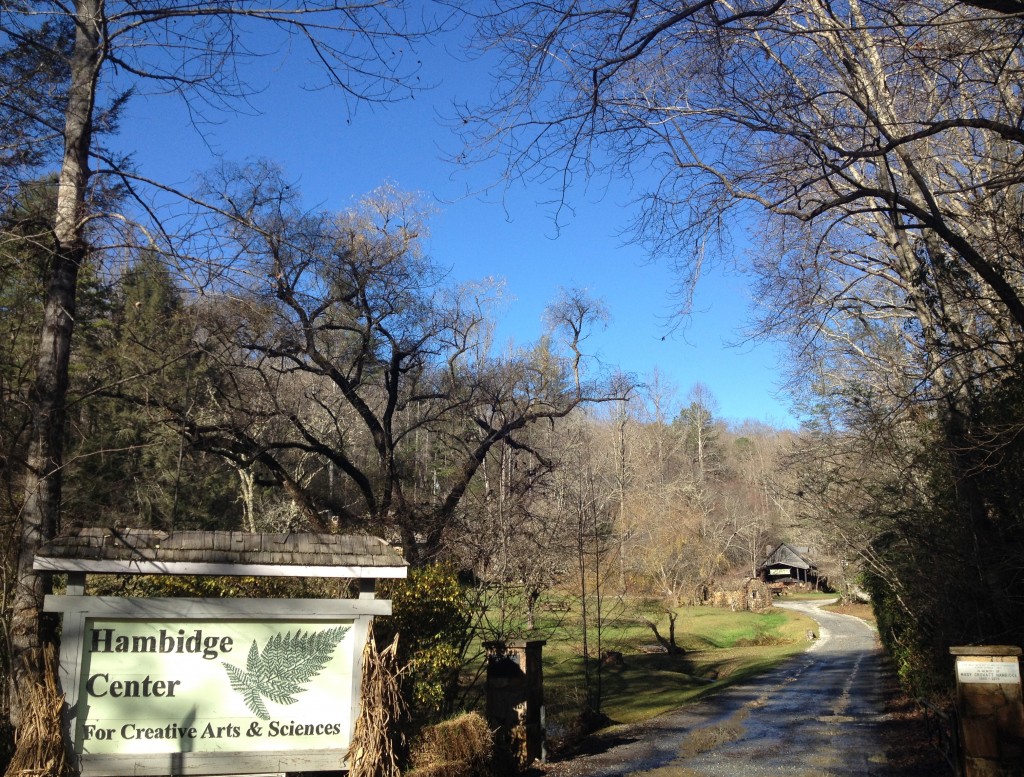
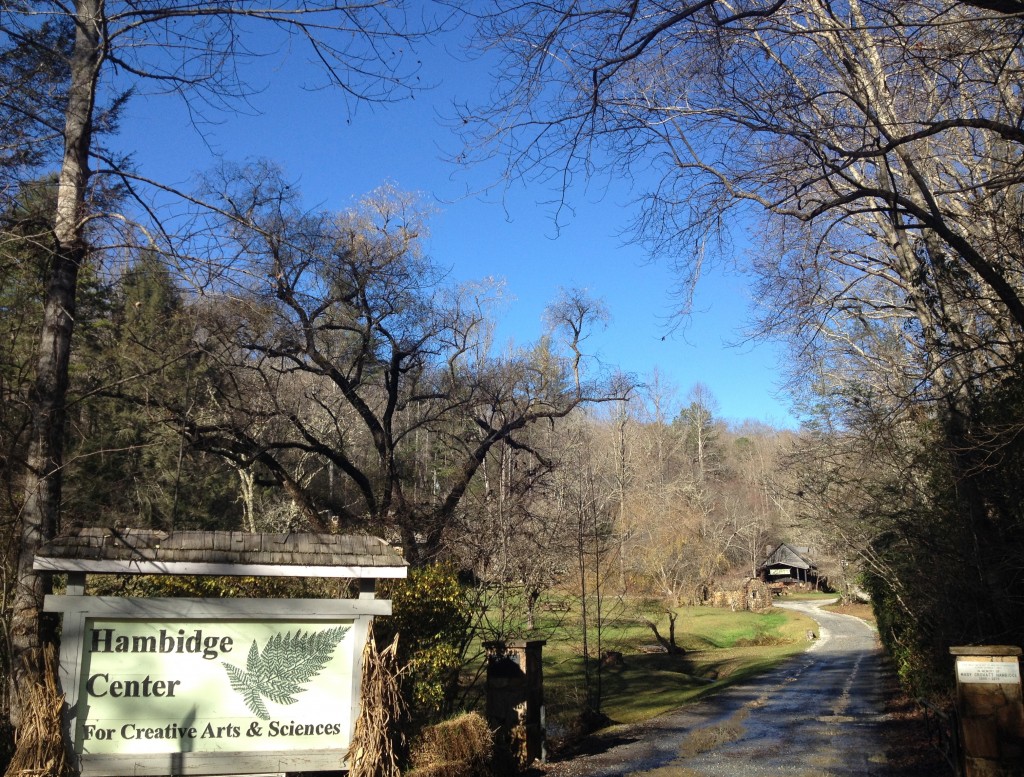 I was presented with an Award of Excellence jointly by the American Craft Council and the Hambidge Center last March 2015 at the ACC Show at the Cobb Galleria in Atlanta, GA. Honored, of course, but unaware of the Hambidge Center, I had wondered what the awarded two-week residency would entail. Considering I live only 2.5 hrs from the Hambidge Center, would the environment there be that different to affect my thinking and making? At this point in my career I have my own home studio, would it be worth packing up my studio to bring to the Hambidge Center? I have the solitude and dedicated time for my studio practice as a single, full time artist without kids or pets, would it be worth leaving the comfort of my home for what awaited me in Dillard, GA?
I was presented with an Award of Excellence jointly by the American Craft Council and the Hambidge Center last March 2015 at the ACC Show at the Cobb Galleria in Atlanta, GA. Honored, of course, but unaware of the Hambidge Center, I had wondered what the awarded two-week residency would entail. Considering I live only 2.5 hrs from the Hambidge Center, would the environment there be that different to affect my thinking and making? At this point in my career I have my own home studio, would it be worth packing up my studio to bring to the Hambidge Center? I have the solitude and dedicated time for my studio practice as a single, full time artist without kids or pets, would it be worth leaving the comfort of my home for what awaited me in Dillard, GA?
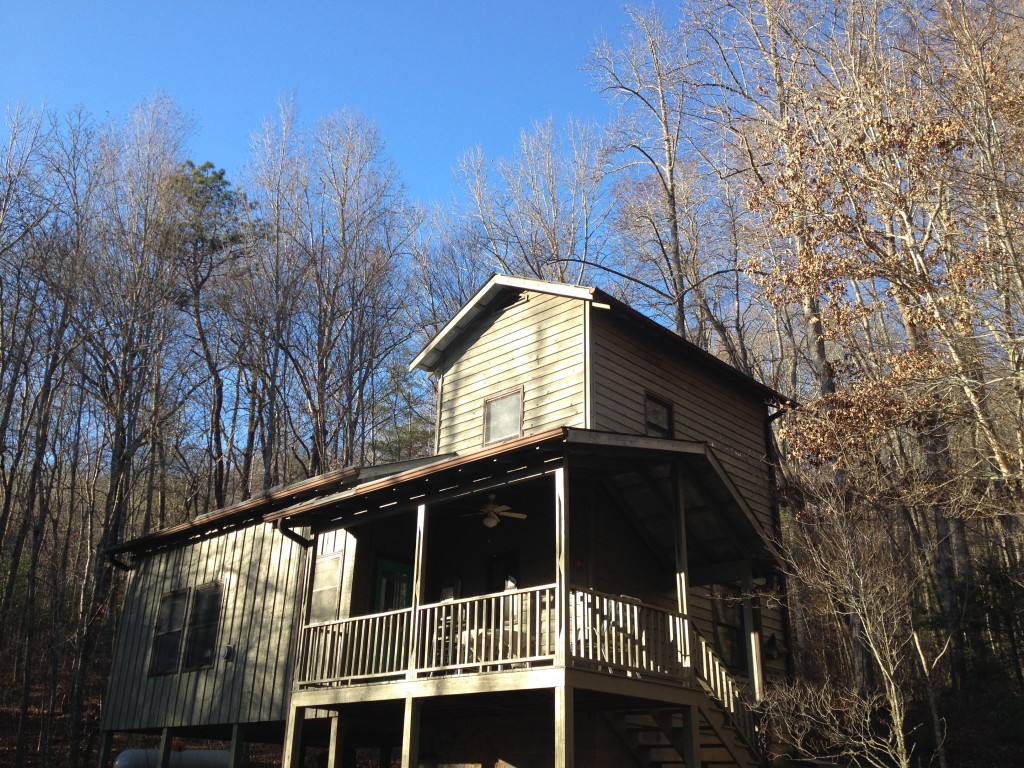 I have just returned from spending the first two weeks of December 2015 in the Fisher house, one of nine residences on the 600 acre property. The center was created in 1934 by Mary Hambidge as an artist enclave and farm where she employed Appalachian weavers and gained significant recognition for their textiles. After her passing in 1973, the center transformed into a residency program for creatives from various fields. More information on herstory can be found on www.hambidge.org as well as details about the residency program and those who have benefited from its existence.
I have just returned from spending the first two weeks of December 2015 in the Fisher house, one of nine residences on the 600 acre property. The center was created in 1934 by Mary Hambidge as an artist enclave and farm where she employed Appalachian weavers and gained significant recognition for their textiles. After her passing in 1973, the center transformed into a residency program for creatives from various fields. More information on herstory can be found on www.hambidge.org as well as details about the residency program and those who have benefited from its existence.
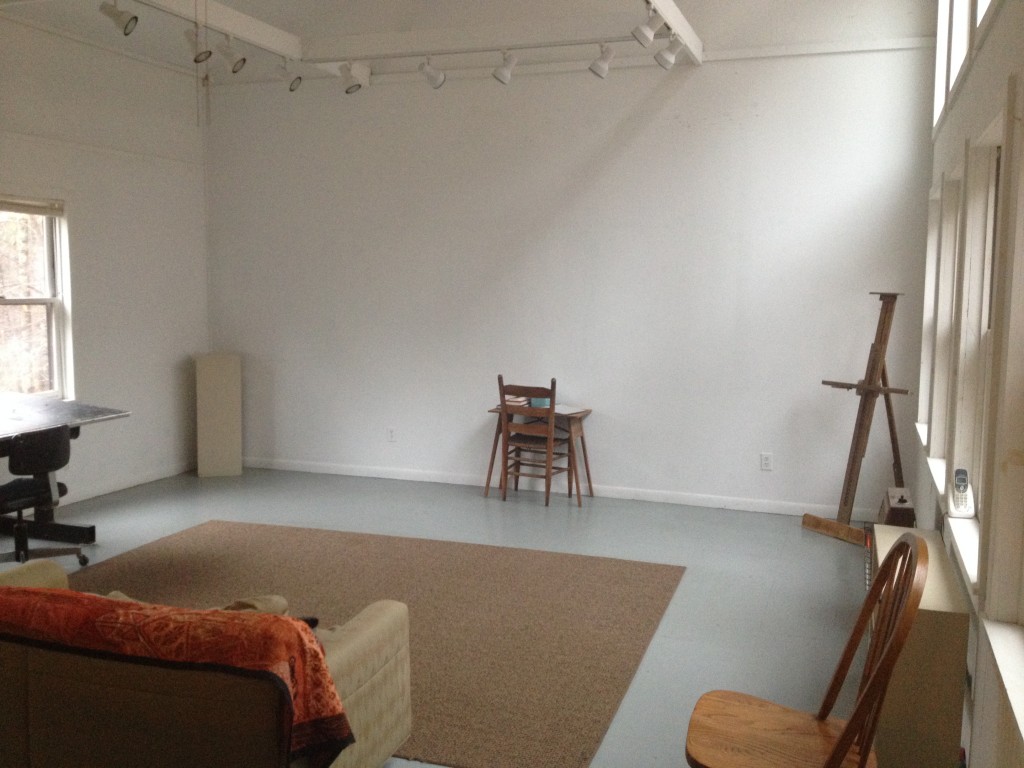 The Fisher house has the largest visual arts studio with wonderful northern light. I existed primarily in this space aside from attending group dinners with the other 8 creatives Tuesday through Friday nights in a main building on the grounds, a handful of solo hikes on their trail system and a few sauna’s in a structure built by a former resident. It was a very comfortable space with my own kitchen, bedroom, bathroom and studio and the experience was certainly worth the effort of packing up my studio and relocating. Following posts will discuss the affects on my thinking and making….
The Fisher house has the largest visual arts studio with wonderful northern light. I existed primarily in this space aside from attending group dinners with the other 8 creatives Tuesday through Friday nights in a main building on the grounds, a handful of solo hikes on their trail system and a few sauna’s in a structure built by a former resident. It was a very comfortable space with my own kitchen, bedroom, bathroom and studio and the experience was certainly worth the effort of packing up my studio and relocating. Following posts will discuss the affects on my thinking and making….
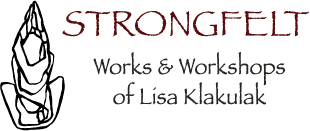
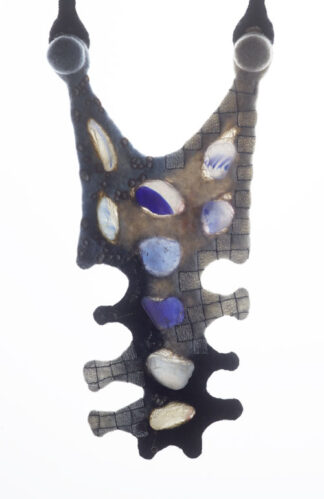
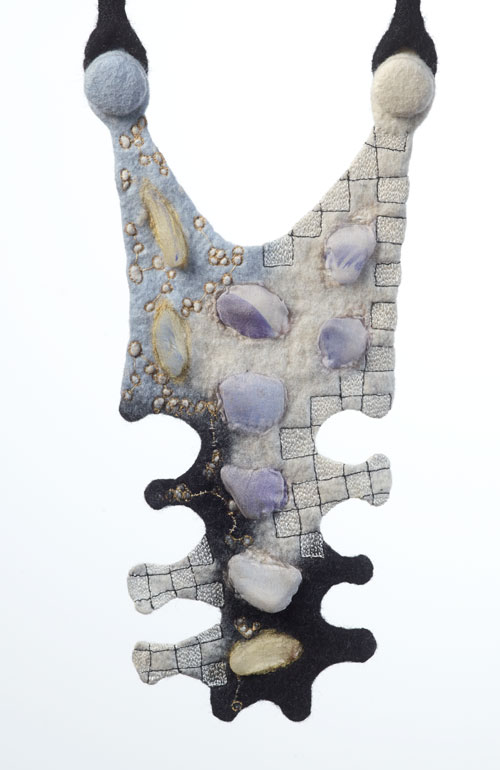
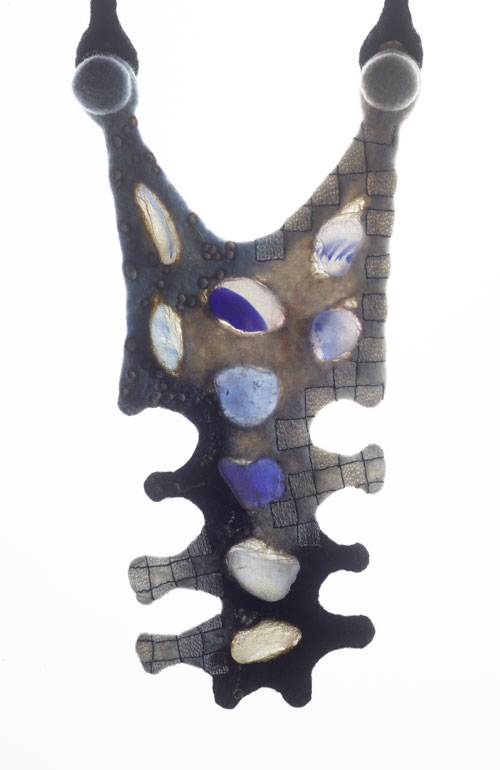
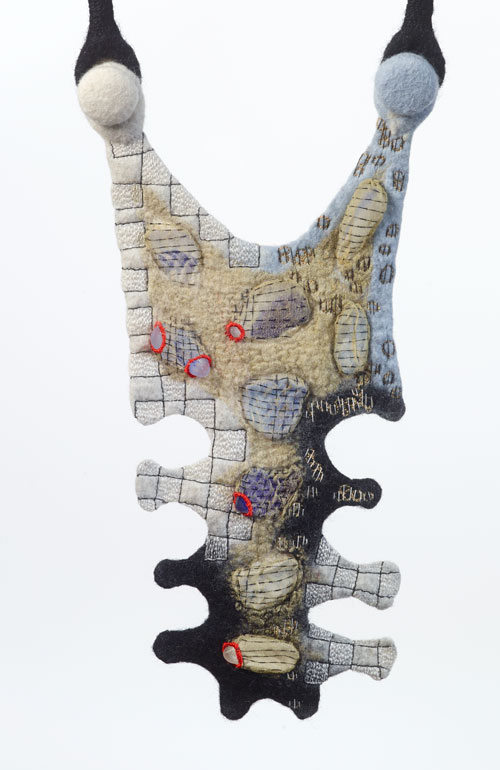
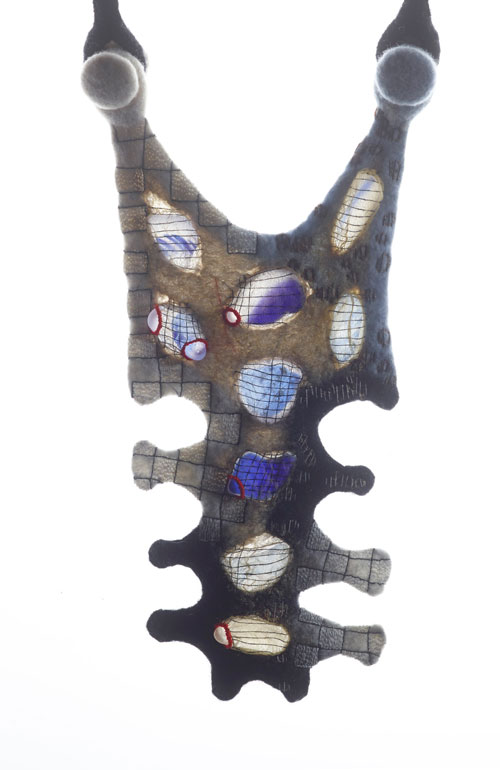
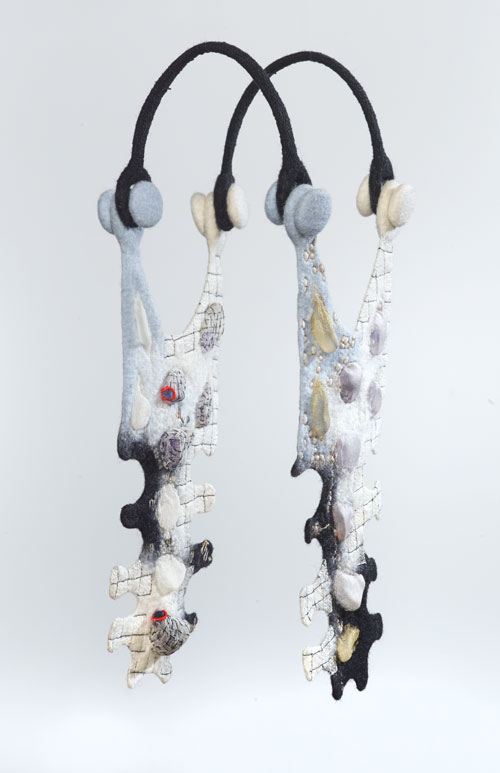
 My donation piece for the DHG Charity Project has arrived in Prato, Italy! Dyeing House Gallery has posted an
My donation piece for the DHG Charity Project has arrived in Prato, Italy! Dyeing House Gallery has posted an 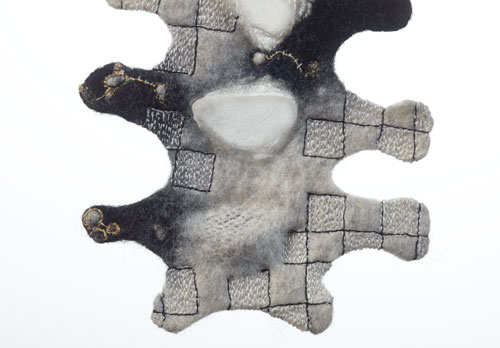
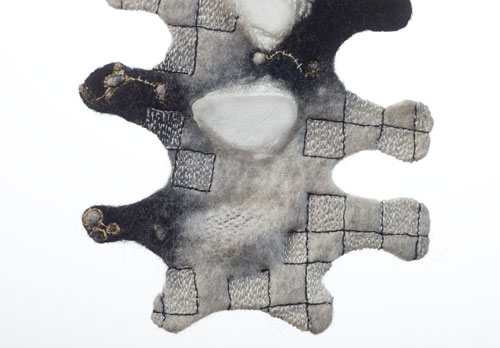
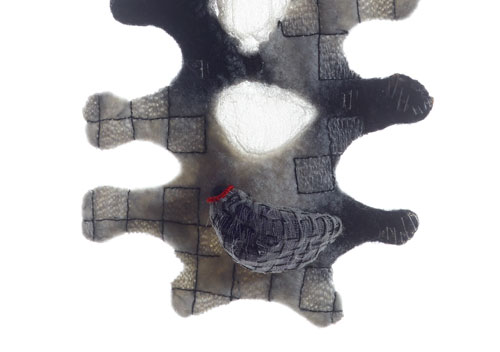 I closely observe the materials I choose to work with. I had mentioned making wet felted partial felt from DHG’s Merino Top. I had laid it out very fine giving it approximately 90% shrinkage. I had fulled it to 60-70% of its possible shrinkage before I cut the fence patterning from it and from the white needle felted batts from DHG. The black wet felted partial felt shrank down smaller than the same fence shapes cut of the white needle felted sheets because they were thicker with more wool/area. The black partial felts were also thinner when fulled and had more drape. The white needle felted batts, being thicker, had more airspace to compact with the machine stitching, offering me the ability to emboss the surface. One material or approach isn’t necessarily better than another, just simply different. If you pay attention and study your materials you can choose what products or ways of working will best achieve your desired effect.
I closely observe the materials I choose to work with. I had mentioned making wet felted partial felt from DHG’s Merino Top. I had laid it out very fine giving it approximately 90% shrinkage. I had fulled it to 60-70% of its possible shrinkage before I cut the fence patterning from it and from the white needle felted batts from DHG. The black wet felted partial felt shrank down smaller than the same fence shapes cut of the white needle felted sheets because they were thicker with more wool/area. The black partial felts were also thinner when fulled and had more drape. The white needle felted batts, being thicker, had more airspace to compact with the machine stitching, offering me the ability to emboss the surface. One material or approach isn’t necessarily better than another, just simply different. If you pay attention and study your materials you can choose what products or ways of working will best achieve your desired effect.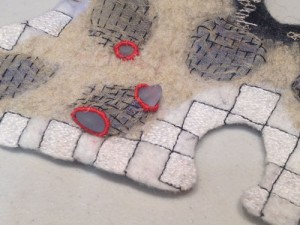


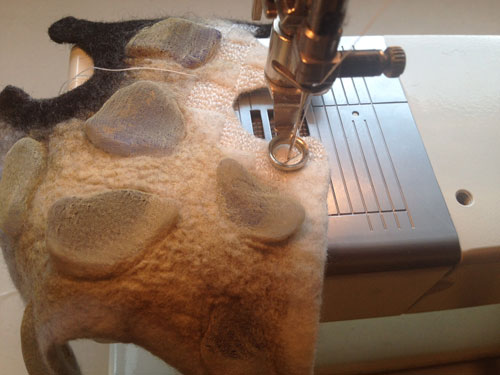
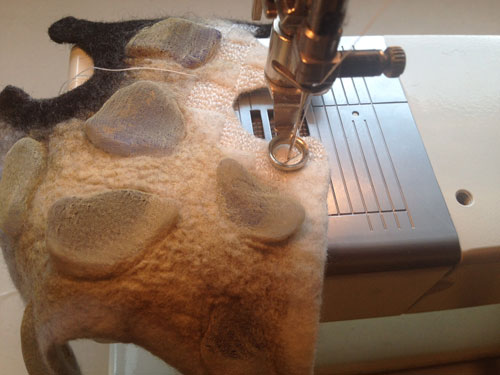
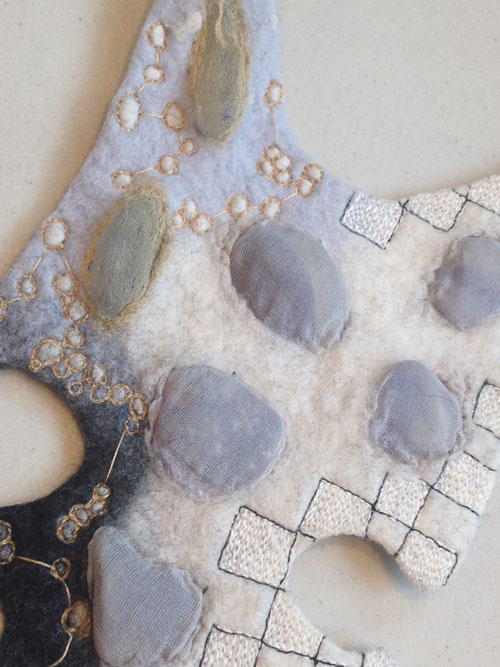 I delight when it is time to transition from the wet felting process to the machine stitching. Of course, it is nice to not have the hands constantly wet, but it also marks the end of the constructive part of a piece. With all 6 of the components of the piece, Reparation, completed, it is time for the surface refining. Free-motion embroidery compacts the airspace that is remaining in the felt creating a stiffer fabric as well as an embossed surface, an effect that is more dramatic when the felt is thicker and not as densely fulled. Now that I had made a correlation between this piece I was making for the
I delight when it is time to transition from the wet felting process to the machine stitching. Of course, it is nice to not have the hands constantly wet, but it also marks the end of the constructive part of a piece. With all 6 of the components of the piece, Reparation, completed, it is time for the surface refining. Free-motion embroidery compacts the airspace that is remaining in the felt creating a stiffer fabric as well as an embossed surface, an effect that is more dramatic when the felt is thicker and not as densely fulled. Now that I had made a correlation between this piece I was making for the 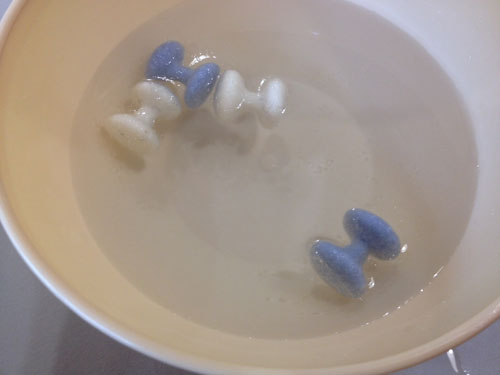
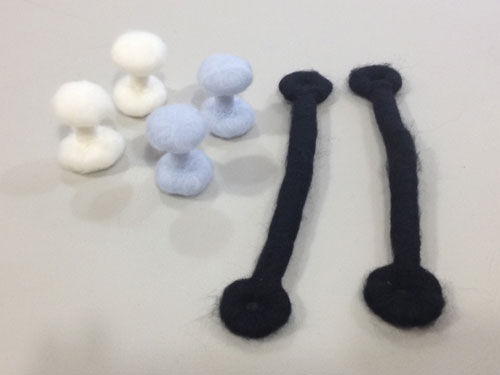
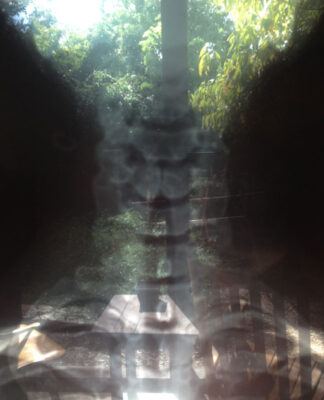
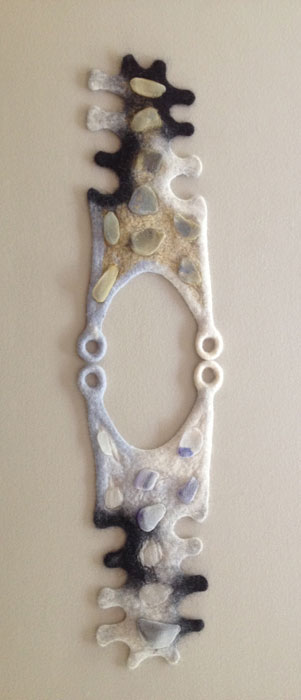 I had decided the piece didn’t feel strong enough with only a focus piece to lay on the chest of the wearer. I wanted the piece to feel more like wearing armor and having a fence or a stone wall of glass on either side of the heart would create that expression. Therefore I made a chest and back piece as seen here laying flat on my studio table. The space between the chest and back piece is too small to have the necklace encircle the neck, so the next strategy of making was creating the clasping mechanisms to join the two pieces into one….
I had decided the piece didn’t feel strong enough with only a focus piece to lay on the chest of the wearer. I wanted the piece to feel more like wearing armor and having a fence or a stone wall of glass on either side of the heart would create that expression. Therefore I made a chest and back piece as seen here laying flat on my studio table. The space between the chest and back piece is too small to have the necklace encircle the neck, so the next strategy of making was creating the clasping mechanisms to join the two pieces into one….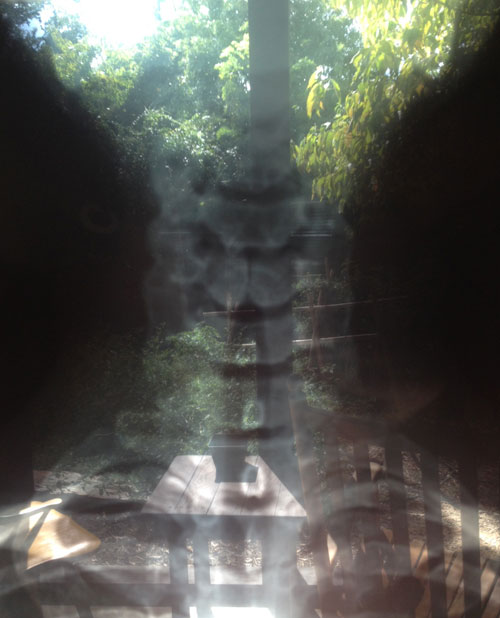 During the making of this piece for the
During the making of this piece for the 